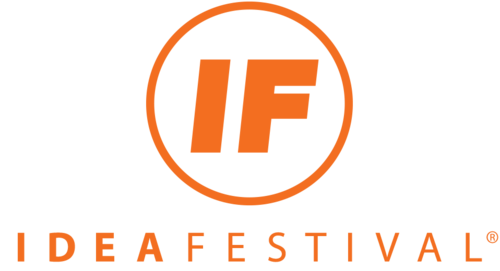One of my favorite writers on the psychology of creativity is the author of "Ungifted," Scott Barry Kaufman, whose experience of being marginalized as a boy because of a learning disability opened his eyes to the many ways we know. It's an understanding he puts to good use in adult life as a cognitive scientist.
Some of you will recall one particularly memorable hour by the prodigious savant and synesthete, Daniel Tammet, who talked to a rapt audience at IdeaFestival 2010 about that very subject from the inside, a rare and undeniably unique vantage.
The festival yesterday tweeted a link to an article of Kaufman's at Scientific American - you do follow us on Twitter, don't you? - that describes the components of the meaningful life such as mastery and purpose, while taking a deeper look at the emerging link between creativity and well being. Here is a portion of what he said.
The deep connection between creativity and meaning was noted long ago by the great creativity researcher Frank X. Barron. Through his pioneering research on some of the most creative people of his generation, Barron came to realize that creative people have the remarkable capacity to become intimate with themselves. According to psychologist Ruth Richards, they 'dare to look within, even at one’s irrational and less conscious material, including one’s shadow materials'. Richards refers to this capacity as 'courageous openness'."
In the service of creative ambition, an ability to be "intimate" with ourselves, as he says, takes courage. The truly new calls on us to act as if, which is why I deeply admire those willing to take risks, whether those acts take place on the theater stage, in pursuit of a business idea or, in the case of the Apollo astronauts, by putting their very lives in jeopardy for the cause of exploration. In each of these cases, there is (and was) training and intuition, but never certainty.
Certainty is the enemy of discovery.
The good news is that only you can determine what your passions are, what there is within you to discover. The bad news is that we too often internalize, as Kaufman and Tammet have said in separate times and places, descriptions of ourselves imposed by others.
Skip to the 6:35 minute mark in the video above to listen to Kaufman discuss the "default mode" network, or the part the mind at work when we're at rest. Recent research now supports the idea that this setting, previously dismissed as mere noise of a mind not actively, consciously, thinking, makes creative work possible. Why? Because that mind in one sense is you. Without that starting point how could anything that one might recognize as valuable ever be created?
Kaufman says that brain imaging shows that creative people exhibit a talent for simultaneously knowing their inner selves while being on the lookout for opportunity. He elsewhere identifies an "openness to experience" as another key measure of creative psychology. Of course it is. The artist - that would be you too - must breathe. How much the better we are for every experience, the good and the bad, if we but know ourselves first.
Kaufman's piece at SciAm may be found here.
Stay curious.
Wayne
